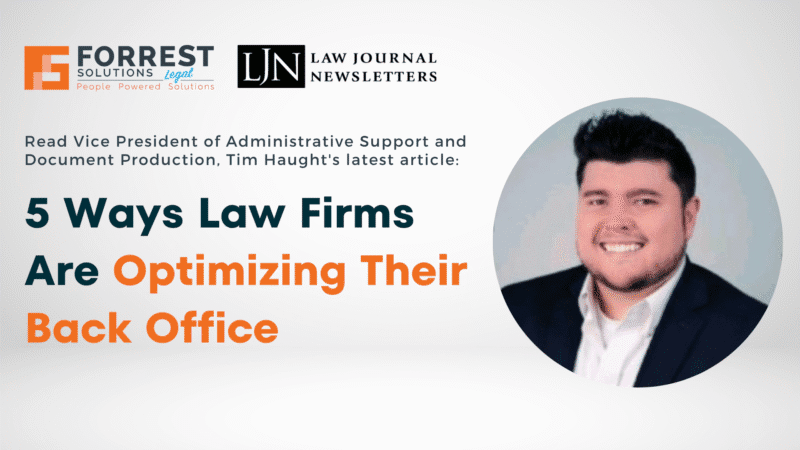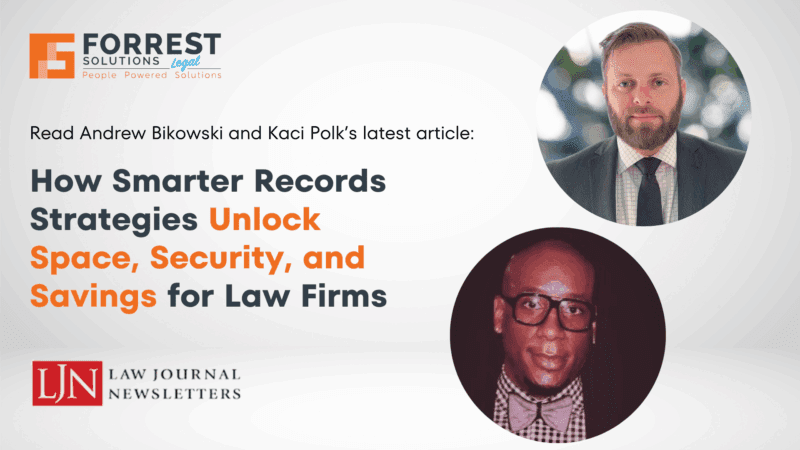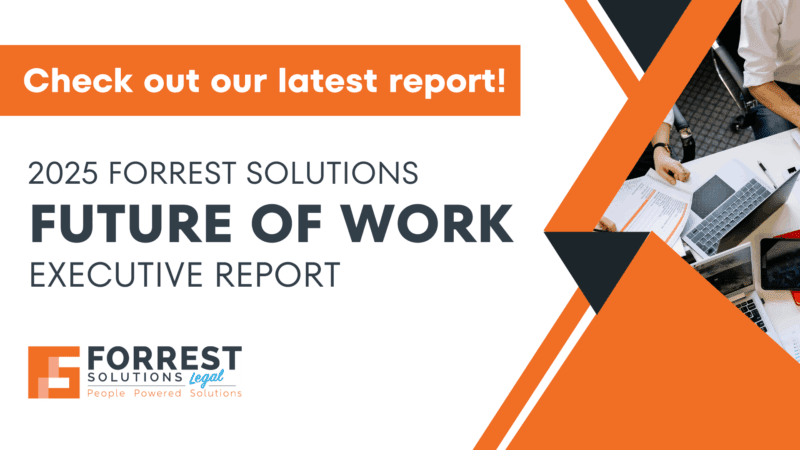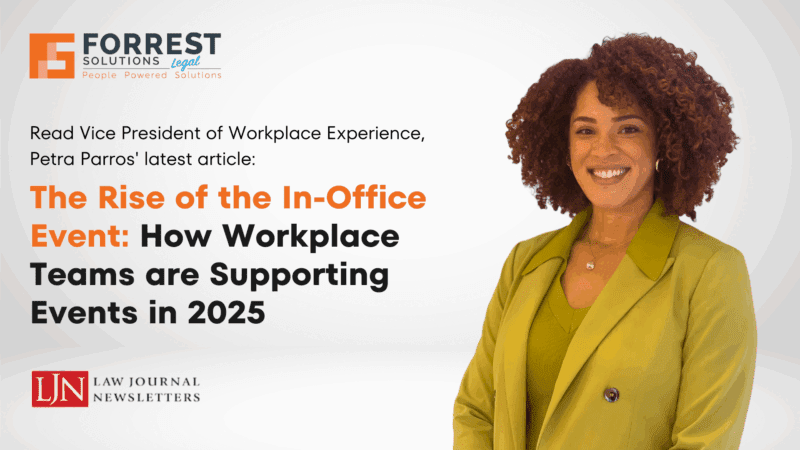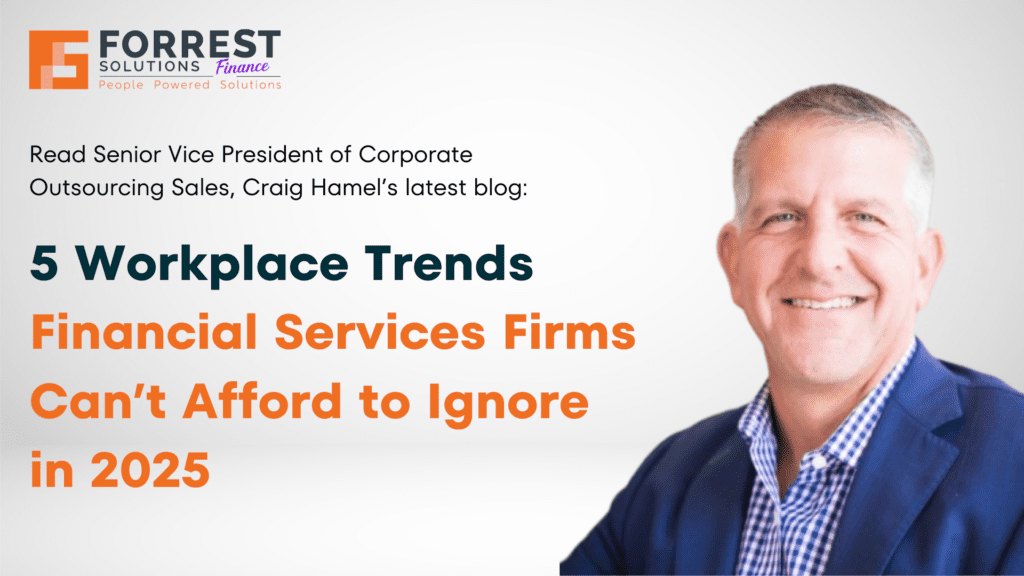
The financial services industry continues to evolve, propelled by technological innovations and changing employee expectations. Firms need to adapt to these dynamic shifts to remain competitive. Here are five workplace trends financial services firms cannot afford to overlook in 2025:
1. Hybrid Work Models and Flexibility:
Financial services firms are optimizing their office spaces to attract employees back while ensuring productivity. Modern offices are hyper-efficient with advanced air quality control, proximity-based services, automated blinds, and seamless access to amenities. These efforts not only enhance collaboration but also create an environment where employees feel compelled to come in, ensuring efficiency.
2. Streamlined Communication and Change Management:
Effective communication is critical for workplace transformations. Commentary from industry experts highlights the importance of short, impactful messages and interactive formats—like videos and training sessions—to ensure smooth rollouts of new technologies or processes. Firms are now recognizing that mass communication strategies can make or break their initiatives.
3. Workplace Amenities and Intentional Office Design:
The physical office environment is being reimagined to minimize friction and improve employee experience. On-site amenities such as wellness rooms, meditation spaces, and efficient elevator systems are becoming standard. From air quality to lighting and noise management, every detail is meticulously planned to boost productivity. In addition, firms are selecting properties with built-in amenities—like gyms and event spaces—to provide convenience and foster employee engagement.
4. Return to Office (RTO) Events and Initiatives:
Financial services firms are actively leveraging on-site events to encourage employees to return to the office. Event planning processes are undergoing transformation, with workplace teams adapting to meet the demand for team gatherings, happy hours, and more. Expert insights reveal that firms are struggling with communication gaps between departments, highlighting the need for streamlined coordination to execute events successfully.
5. Efficiency as a Core Focus:
The emphasis on productivity in financial services is unparalleled. Office spaces are designed to reduce friction and maximize employees’ time at their desks, whether through proximity-based food delivery or sensor tracking to monitor space usage. Additionally, firms are prioritizing intentional relocation strategies to properties with amenities that cut down on wasted time, such as centralized gyms, restaurants, or retail spaces. Efficiency isn’t just a buzzword—it’s the backbone of workplace design in this industry.
The workplace is no longer just a physical space—it’s a strategic asset that directly impacts employee engagement, productivity, and retention. As financial services firms navigate an era of heightened expectations, they must embrace innovation and intentional workplace design to remain competitive. From optimizing hybrid work models to fostering seamless collaboration through efficient communication strategies, the industry is redefining what it means to work smarter.
Moreover, the rise of workplace experience (WPX) underscores the growing emphasis on creating environments that not only attract talent but also enhance efficiency. Firms are leveraging technology, amenities, and strategic office relocations to ensure employees have access to resources that eliminate friction and maximize time at their desks.
At the same time, the surge in return-to-office (RTO) events highlights the importance of thoughtful planning and coordination. As firms encourage employees to reintegrate into office life, they must streamline internal communication, event planning, and workplace strategies to ensure smooth execution. With workplace teams facing mounting demands, aligning departments, vendors, and employees around a shared vision will be crucial for success.
Financial services firms that embrace these evolving workplace trends will position themselves as leaders in the future of work. By continuously refining their approach to flexibility, employee experience, and operational efficiency, they can create thriving environments that not only drive business success but also foster a culture of engagement and innovation.
